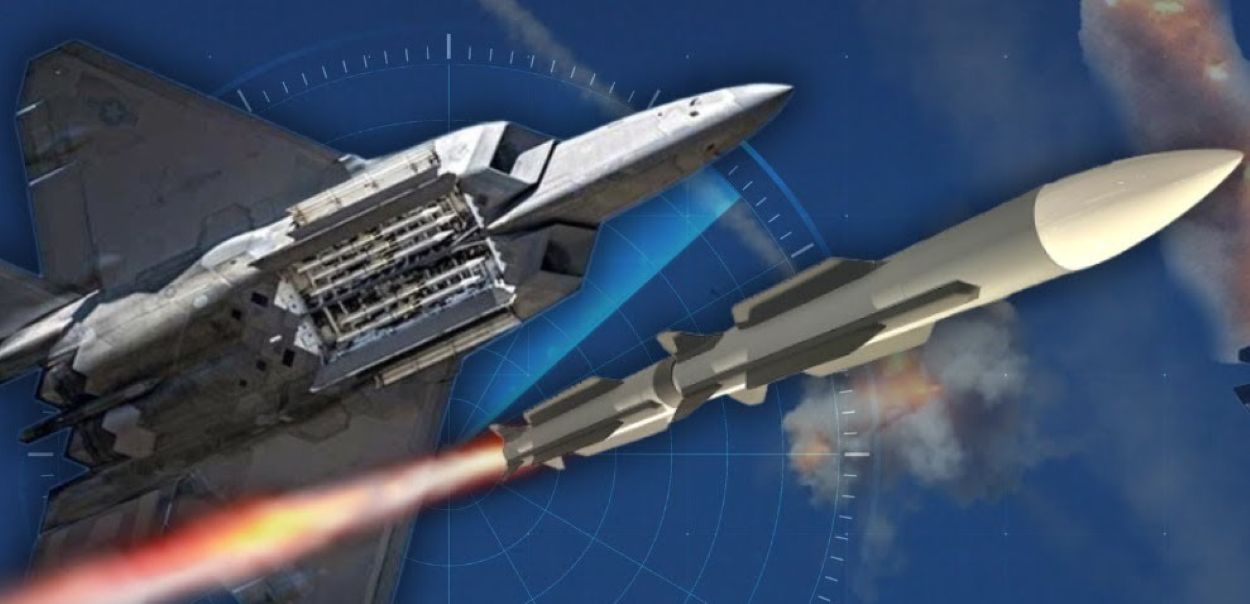On August 23, 2025, the U.S. Air Force and Navy have requested nearly $1 billion for the 2026 fiscal year to begin production of the Lockheed Martin AIM-260 Joint Advanced Tactical Missile, a next-generation air-to-air weapon designed to counter China’s PL-15 missile, per budget documents cited by Bloomberg. The move follows Pakistan’s use of PL-15s to down Indian jets in May 2025, highlighting the need for advanced U.S. capabilities.
The Air Force, leading the AIM-260’s development, requested $368 million for initial production and $300 million via its Unfunded Priorities List, while the Navy sought $301 million. Analysts at Melius Research estimate the program could reach $30 billion, a critical boost for Lockheed Martin amid $1.6 billion in Q2 2025 charges, per Bloomberg. The missile, designed for F-22 and F-35 internal bays and compatible with F-16 and F-15 jets, offers greater range than the RTX AIM-120 AMRAAM.
🇺🇸 BREAKING: The US Air Force & Navy are seeking $1 billion to begin production of Lockheed Martin’s secret AIM-260 BVR air-to-air missile after 8 years of development.
The request comes months after Pakistan used Chinese PL-15 ultra-long-range BVR missiles to down Indian jets.… pic.twitter.com/kDR9sNrnfB
— Defence Index (@Defence_Index) August 22, 2025Pakistan’s May 2025 strike, using Chinese PL-15 missiles with a 100-mile range, underscored the growing threat of ultra-long-range air-to-air weapons. The Pentagon’s 2024 report noted China’s PL-17, operational since 2023, can strike targets up to 248 miles away. The AIM-260 aims to surpass these capabilities, addressing evolving threat scenarios, though the Air Force has not disclosed its exact range or deployment timeline.
The AIM-260’s production is vital for Lockheed Martin’s Missiles and Fire Control division, with analyst Scott Mikus emphasising the need to avoid further charges. The missile’s development reflects heightened U.S.-China tensions, particularly after India’s $4.1 billion Rafale jet deal with France in April 2025, signalling a regional arms race.
As the U.S. prepares to field the AIM-260, the missile could redefine air combat dynamics, countering Chinese and Pakistani advancements. Congressional approval of the funding will be critical, with potential impacts on global defense strategies as production ramps up in 2026.






